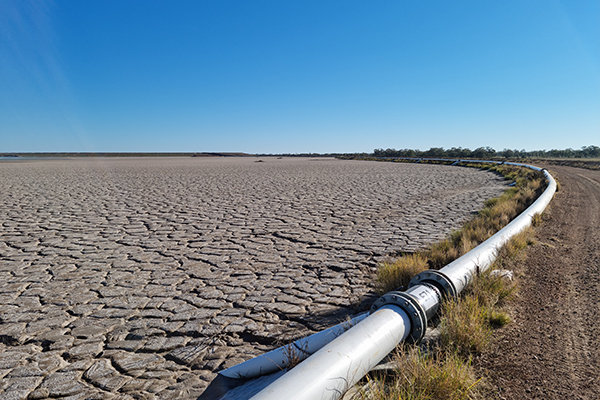

Knight Piésold Australia to Present Findings at Mine Waste and Tailings Conference in Brisbane
June 25, 2021, Brisbane, Australia – Tim Rowles, Regional Manager (Queensland), will be presenting a method that the team in Knight Piésold’s Brisbane office has been developing over several years at the Mine Waste and Tailings Hybrid Conference, which will be held in Brisbane and online on July 1–2, 2021. Rowles will be speaking about the paper “Selection of Undrained Shear Strength Parameters of Residual Soils and their Application in Stability Analysis” during Session 2A of the conference.
Following changes to the tailings dam design guidelines of the Australian National Committee on Large Dams (ANCOLD), all designs now need to consider undrained conditions as part of the design process, with ANCOLD 2019 advocating the use of the Undrained Strength Analysis (USA) approach of Ladd (1991) for all materials that are contractive and generate pore pressures on shearing. The USA approach is commonly named as the Su/σv’ approach, where the crux of the approach is that the undrained strength of materials is a function of effective overburden stress. The original concept of the USA approach called Stress History and Normalized Soil Engineering Property (SHANSEP) was defined by Ladd and Foote (1974) for sedimentary soils. The SHANSEP equation was developed taking into account stress history and stress path of the contractive materials.
Many of the dams that the Brisbane office works on are constructed on deep tropical or subtropical residual soils and, therefore, do not have a traditional stress history as is seen in sedimentary soils and as such do not fit the classical SHANSEP equation. The team in the Brisbane office has been working on a method to allow for a robust and statistically defendable interpretation of undrained strength parameters for fine grained residual soil for use in geotechnical modelling.
“This paper examines an alternate method to define undrained shear strength over a range of effective stress conditions for residual soils,” said Rowles. “Our team in Brisbane has decided that it was time to publish our findings after over several years of developing this method and validating this with hundreds of triaxial results for tailings projects in Australia and Southeast Asia.”
The conference, which is organized by AusIMM in collaboration with The University of Queensland, aims to explore all aspects of life cycle waste rock and tailings management, from site selection and design to post-closure care. It also aims to address current and future challenges impacting mining systems re-engineering, which is based on the paradigm shift that the success of mining businesses is dependent on waste management.
“Our team is excited to have the opportunity to present this paper at the conference and catch up with peers and clients to discuss the rapid changes that are happening in the tailings field,” added Rowles. Knight Piésold Australia continues to focus on delivering engineering expertise to mining companies globally through its commitment to excellence and innovative design.